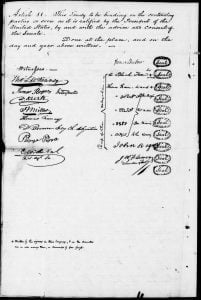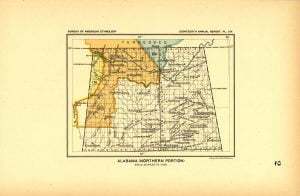Pursuit of Indians in Baker County Oregon
In the month of June 1866, a number of horses and mules were driven off by the Indians, being taken from the vicinity of Washington ranch. Twelve men started in pursuit, following the trail of the stolen animals over the mountain to the head of Elk creek, and on towards the head of Powder River, then across the divide to Burnt River and over the west ridge to Willow creek. Here six of the party turned back, and John Hibbard, Hardin Estes, Frank Johnson, Hiram Kinnison, Jo Hodgeons and Curtis kept on the pursuit. The Indians had chosen their route … Read more




